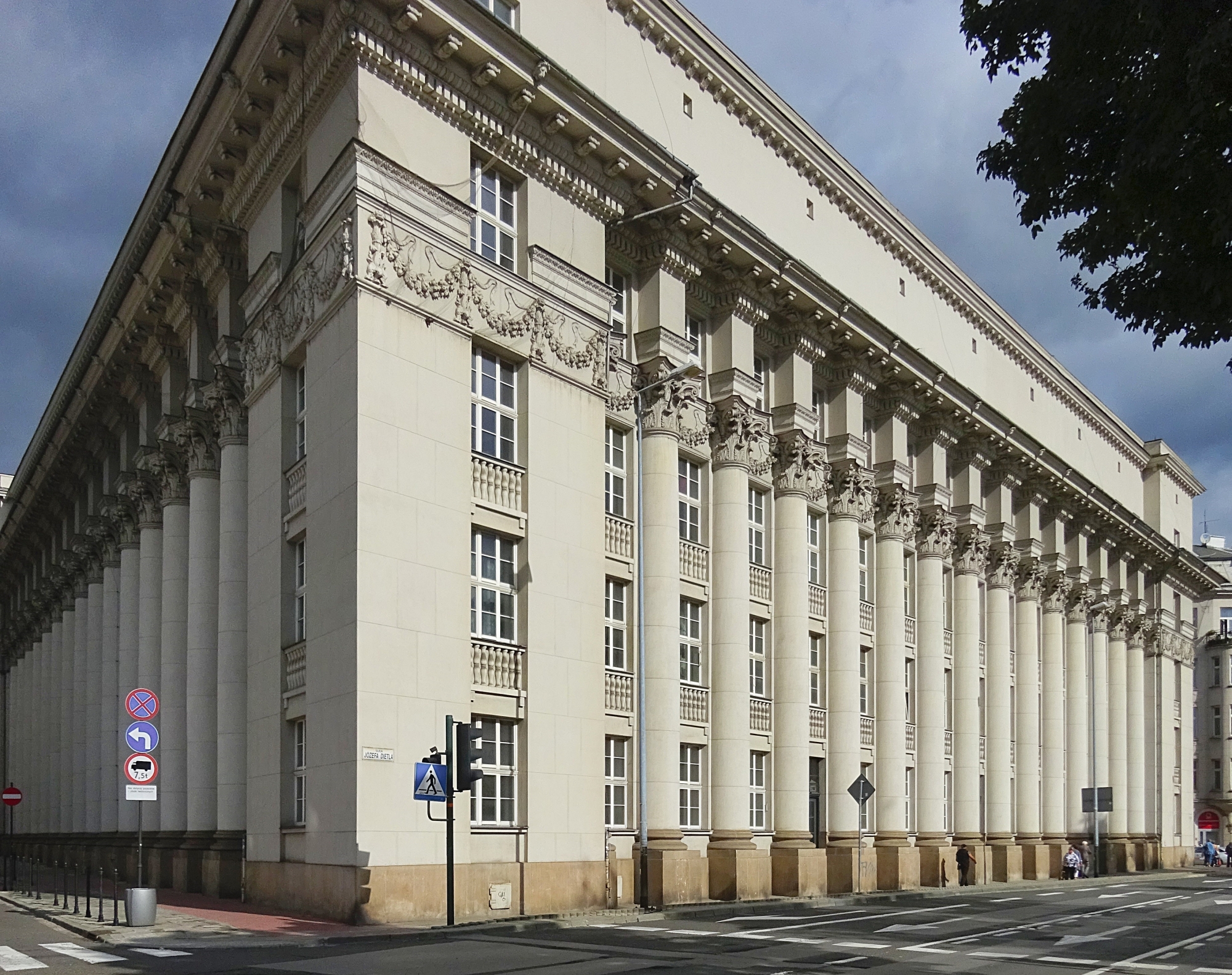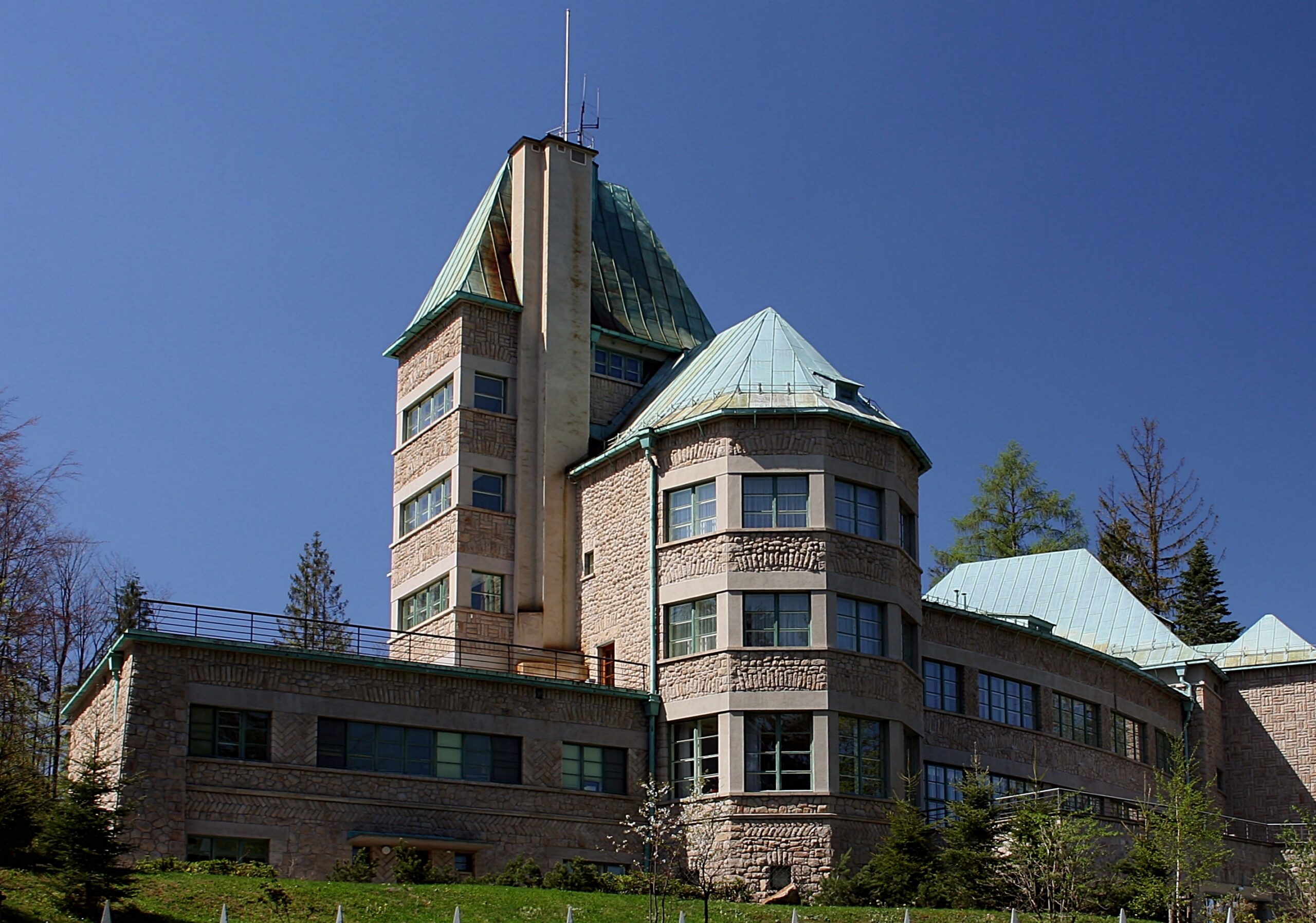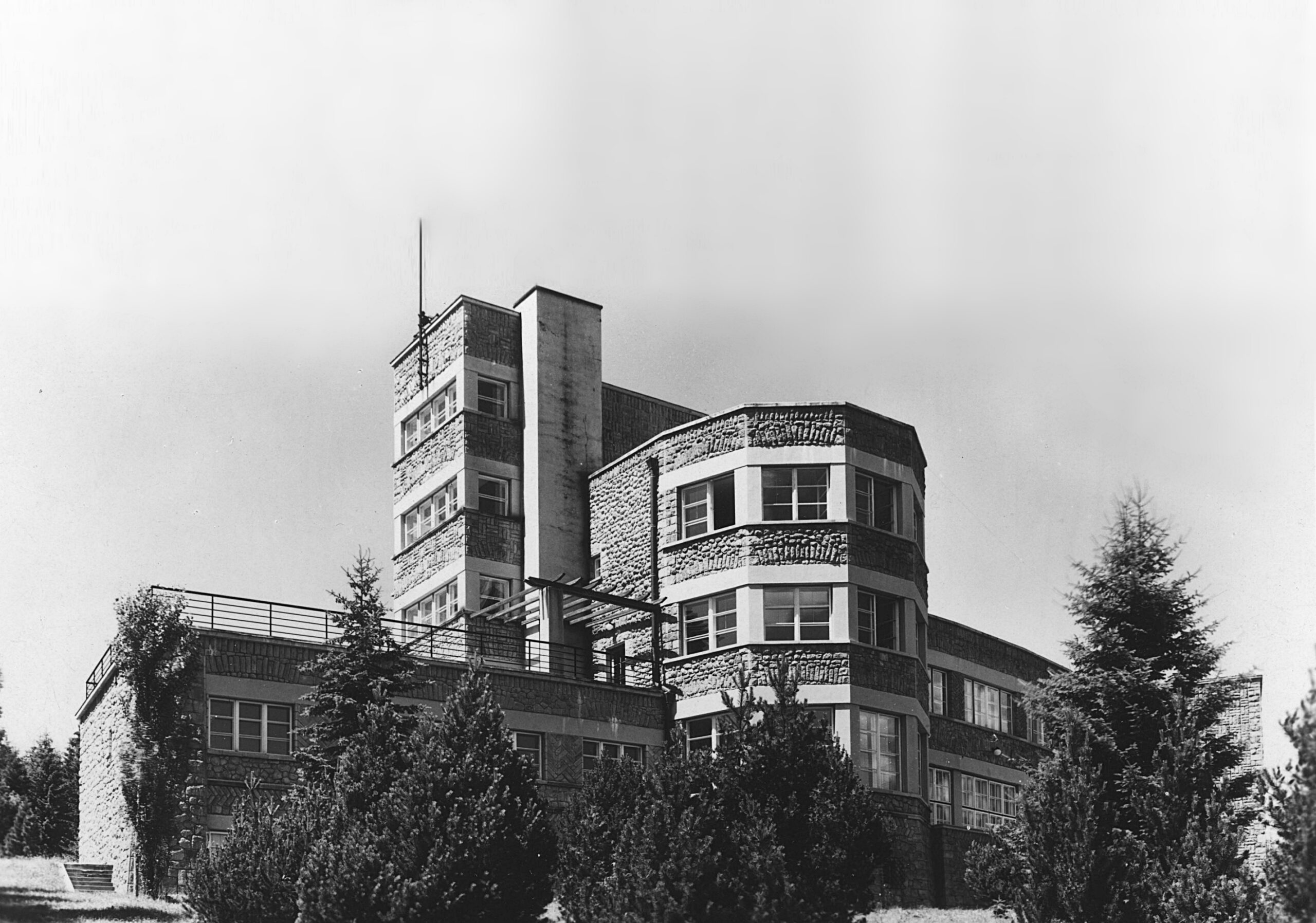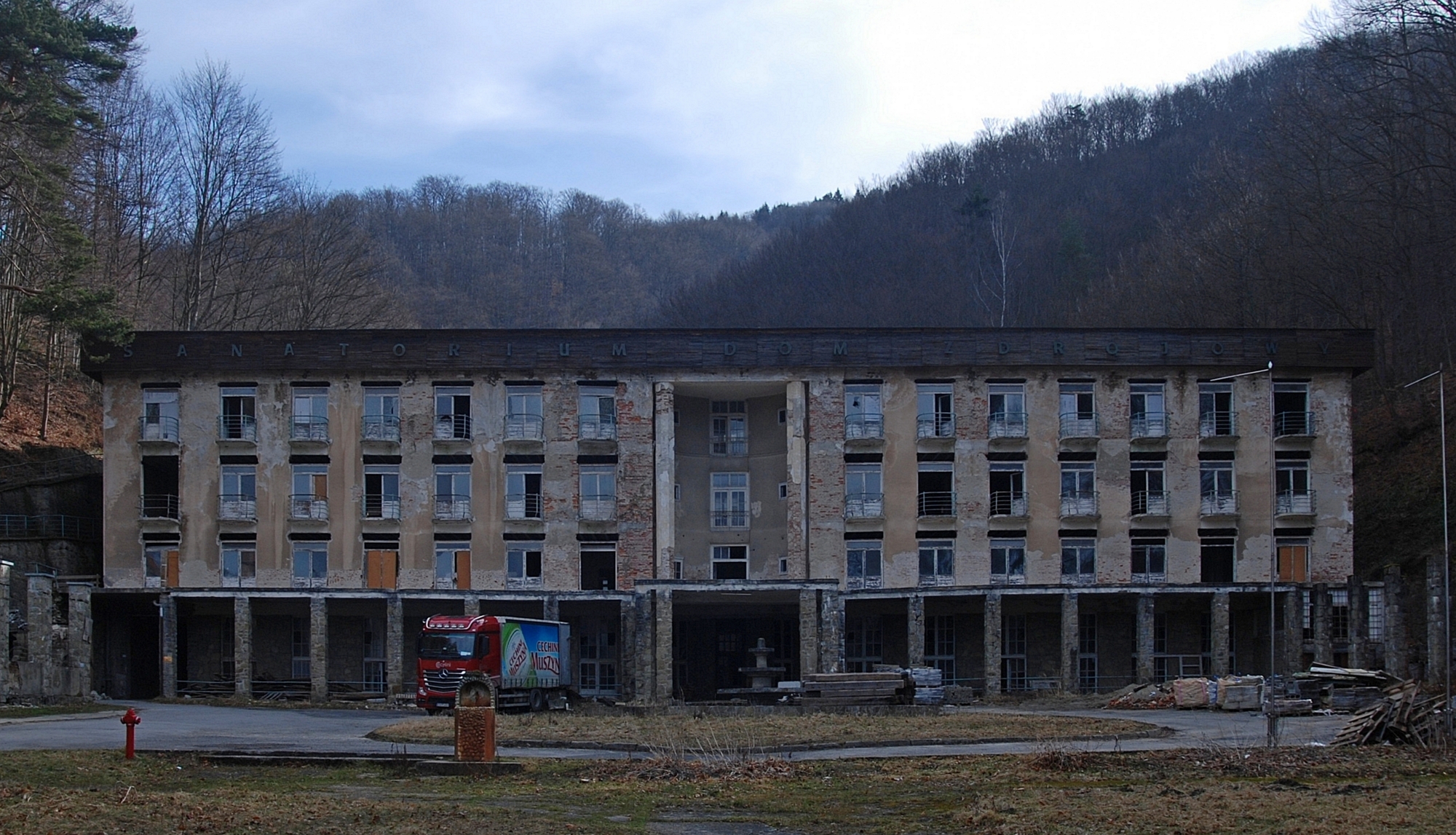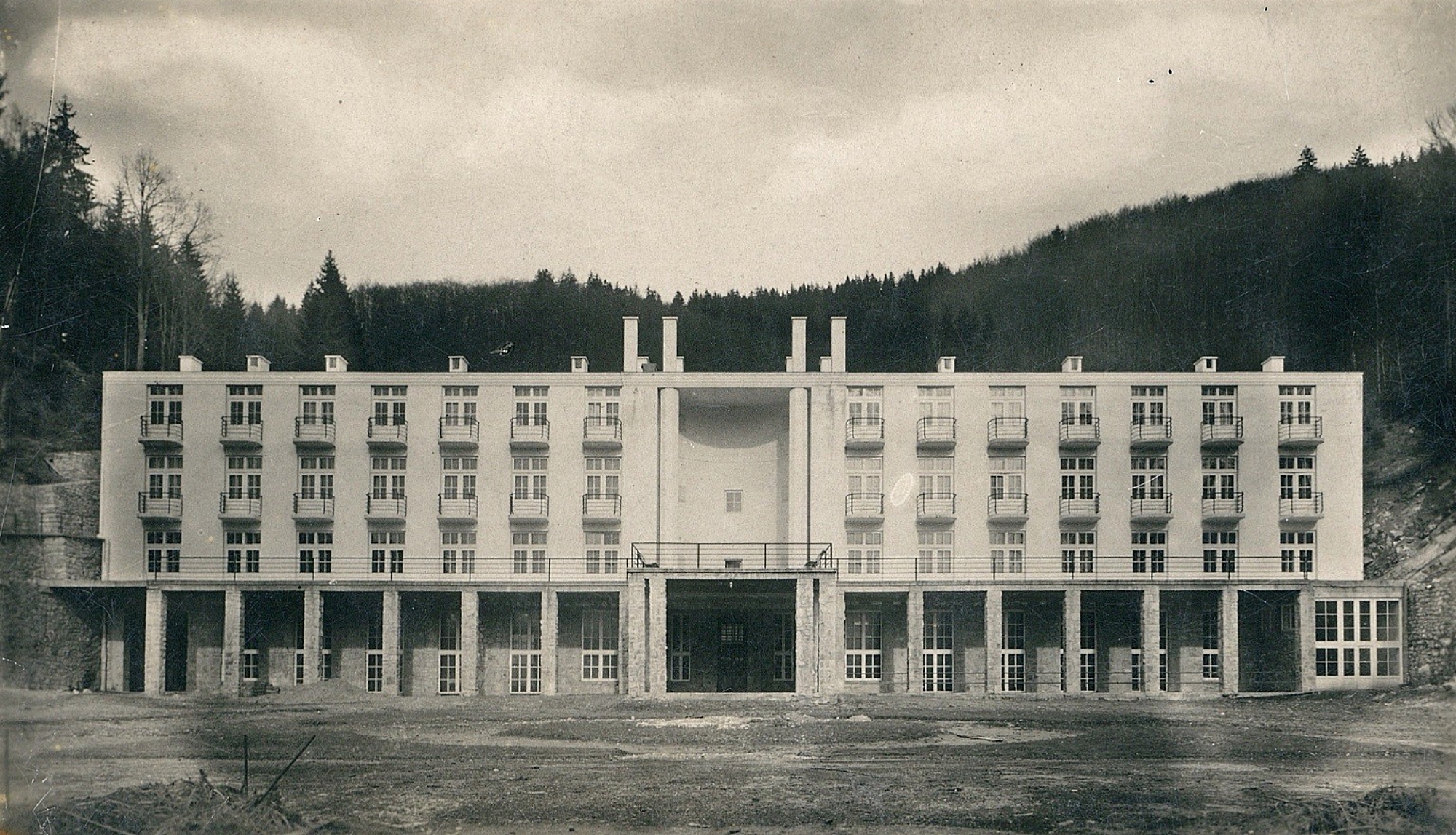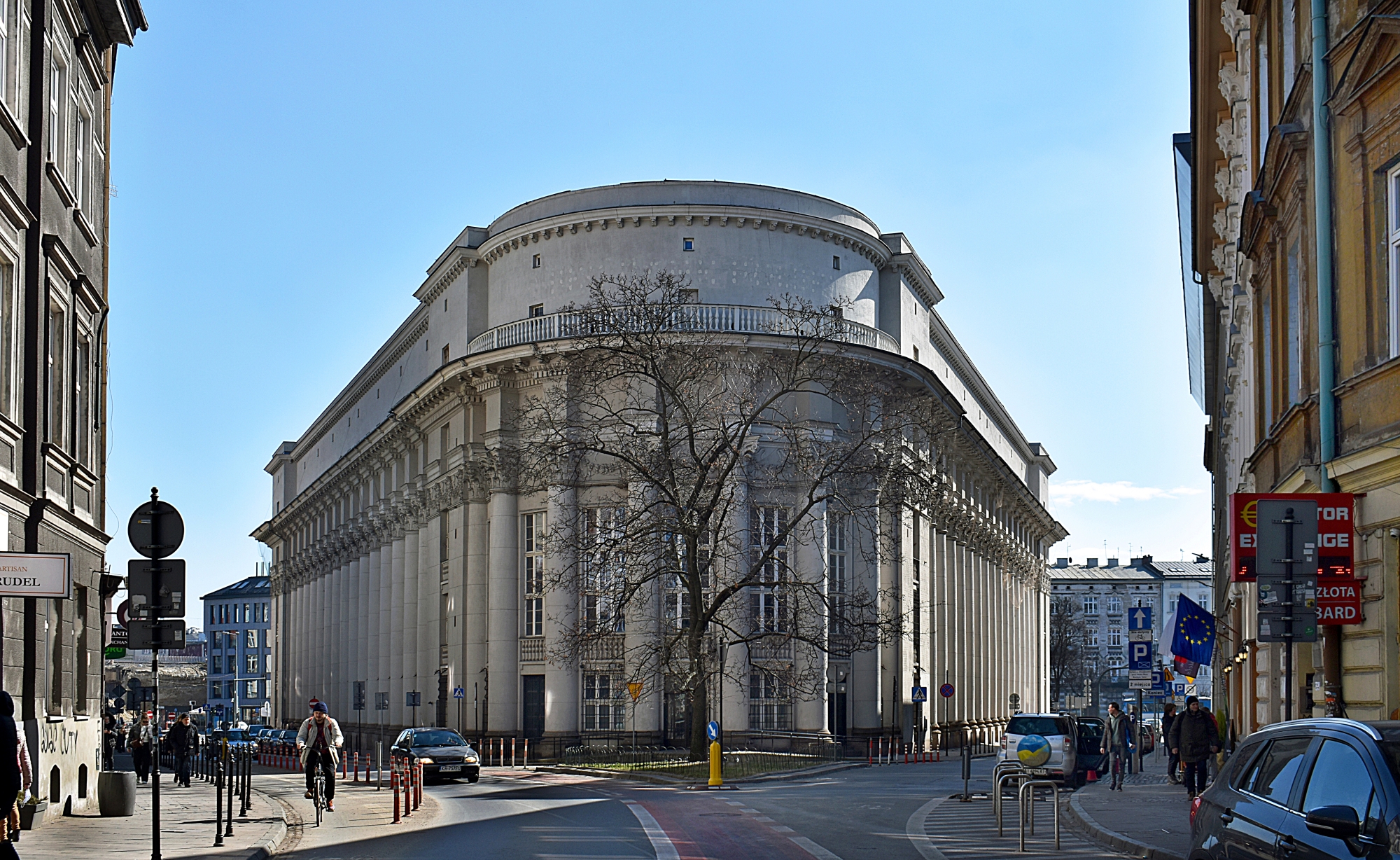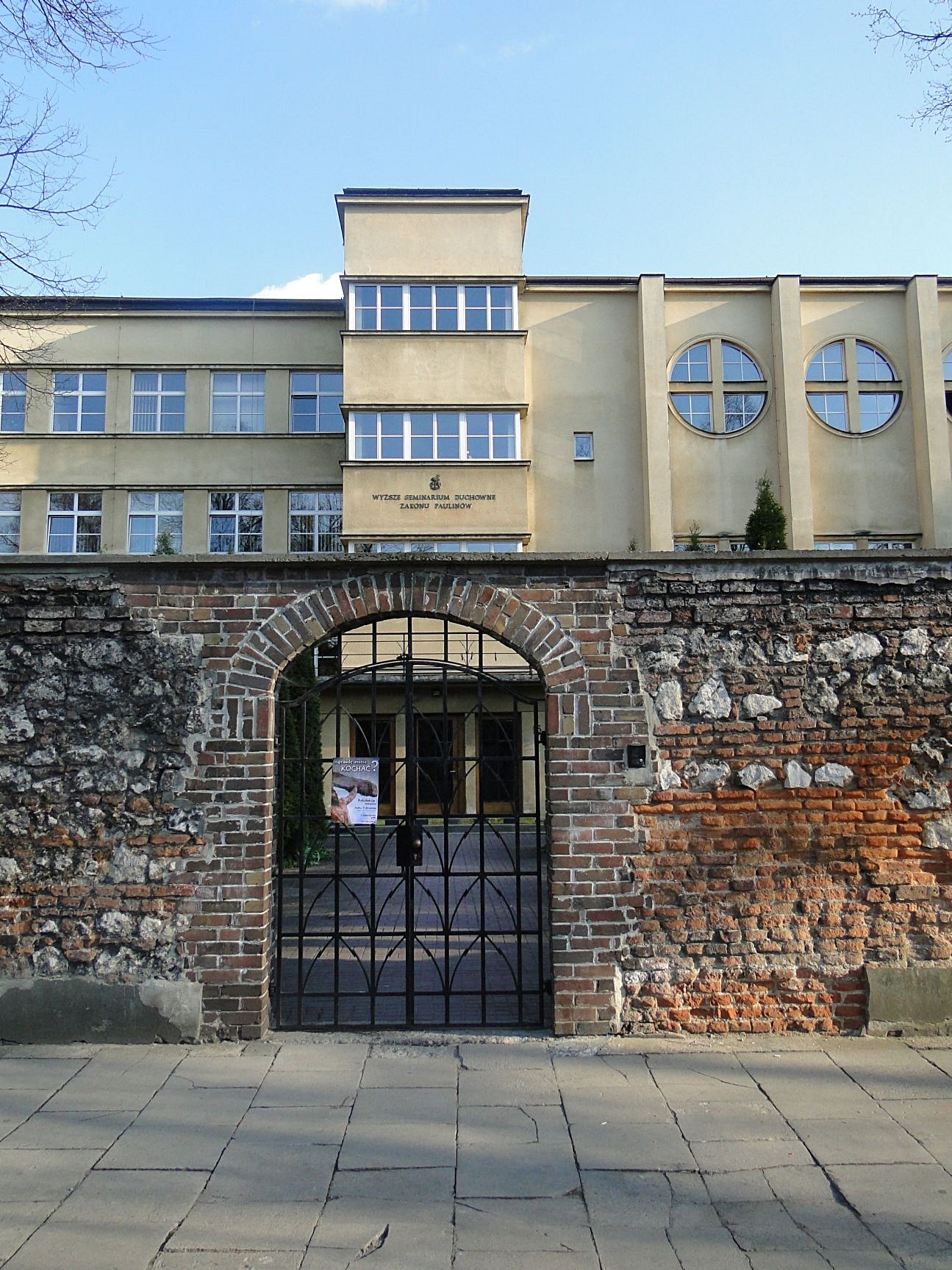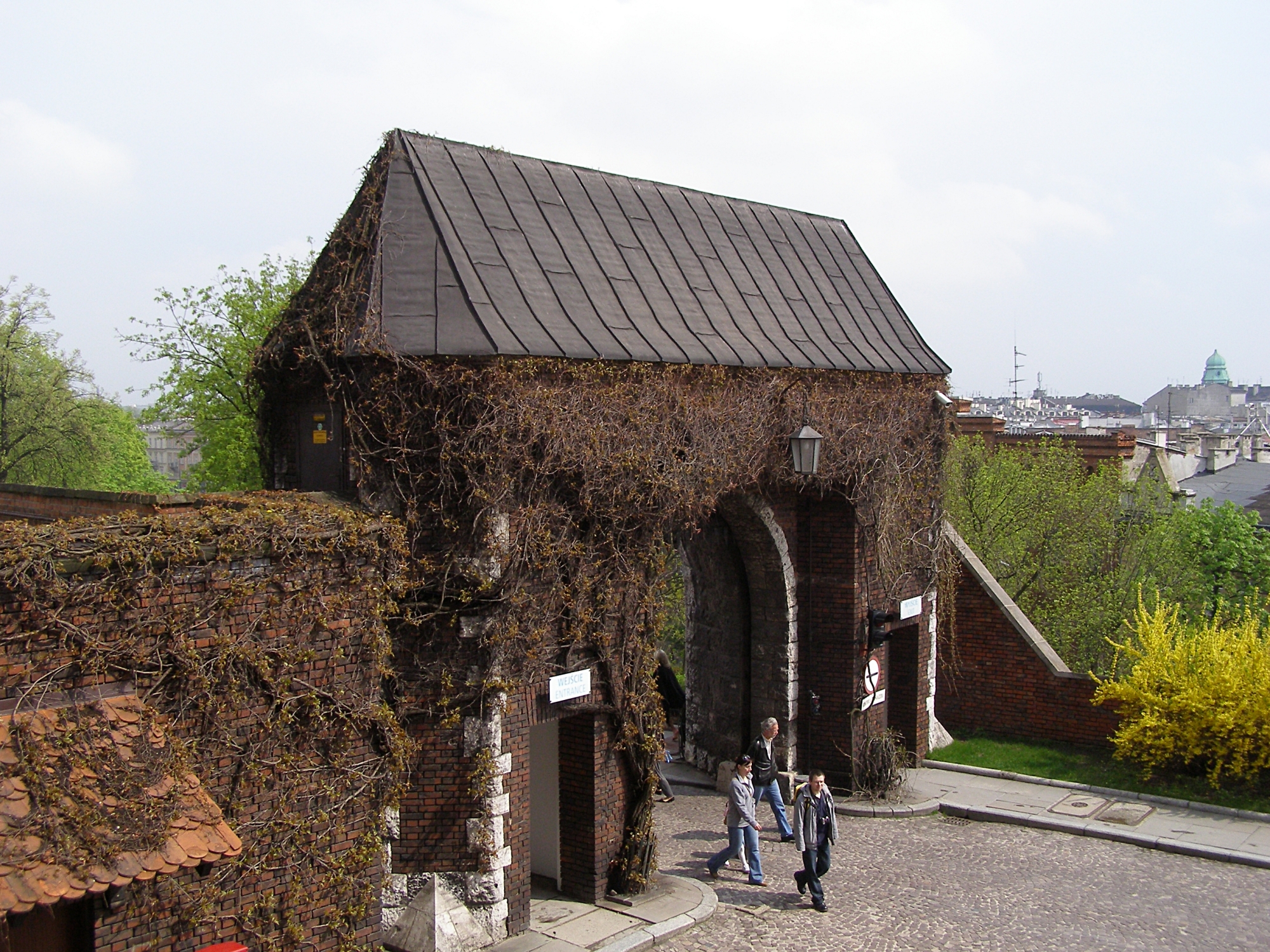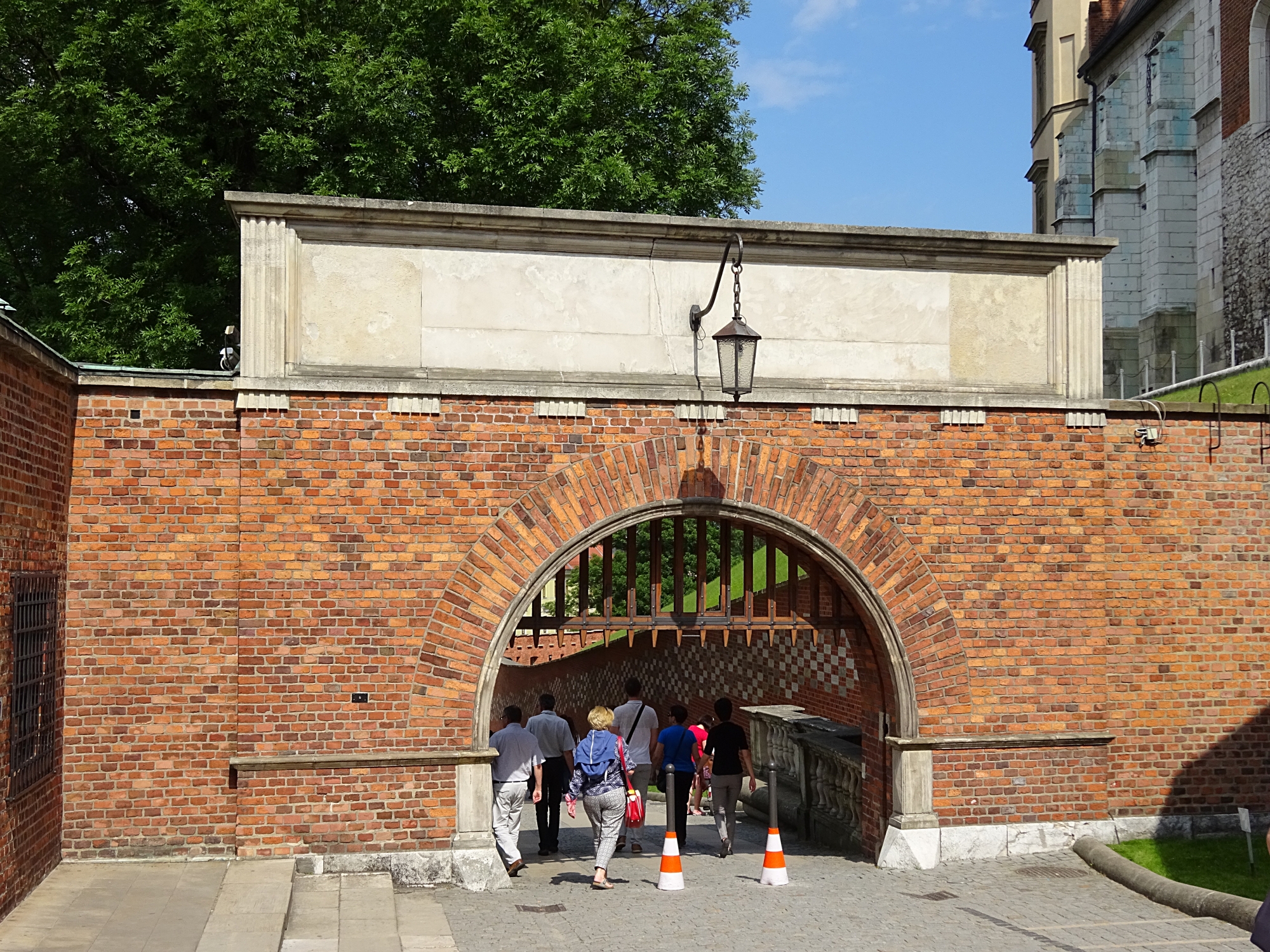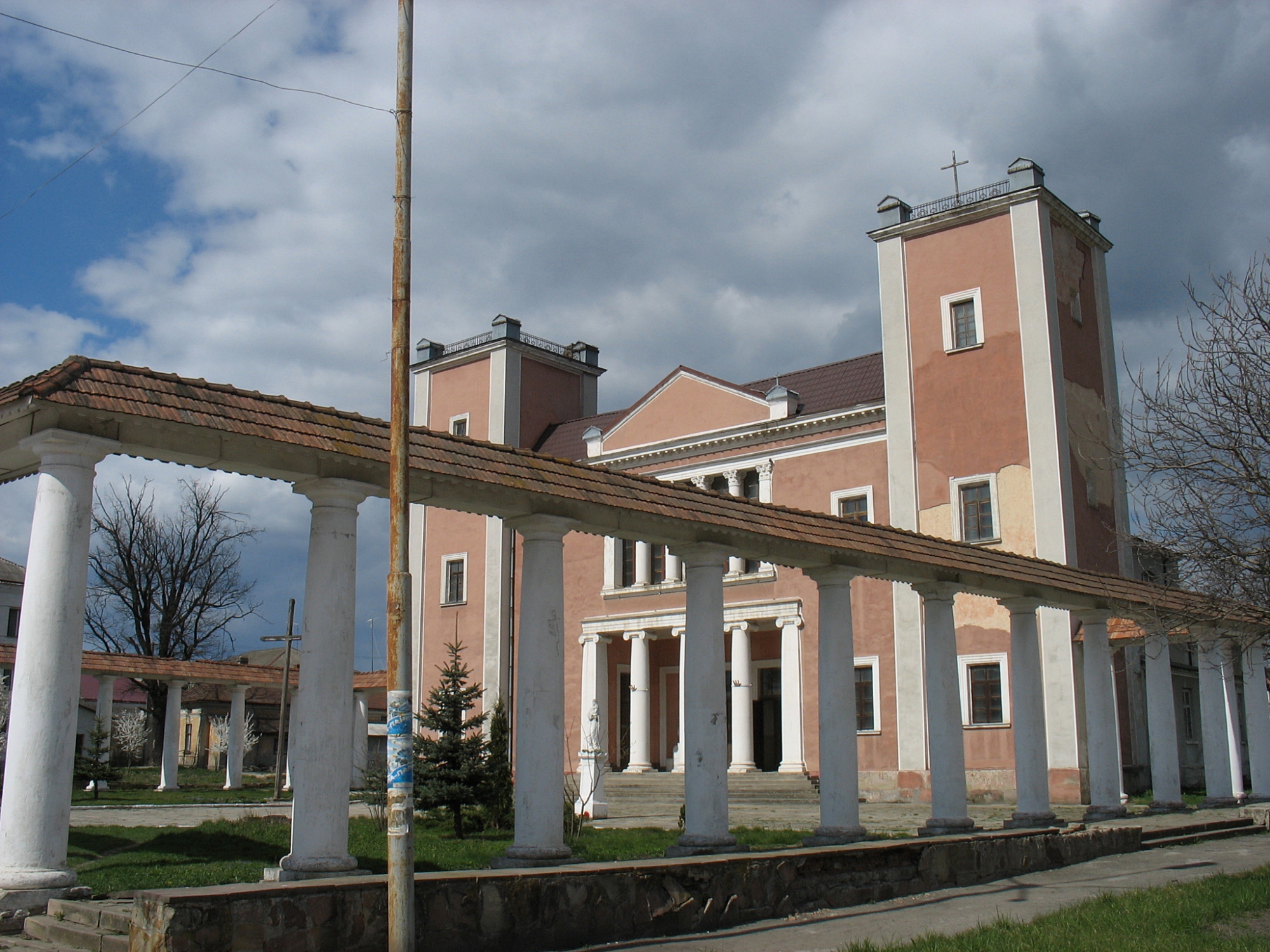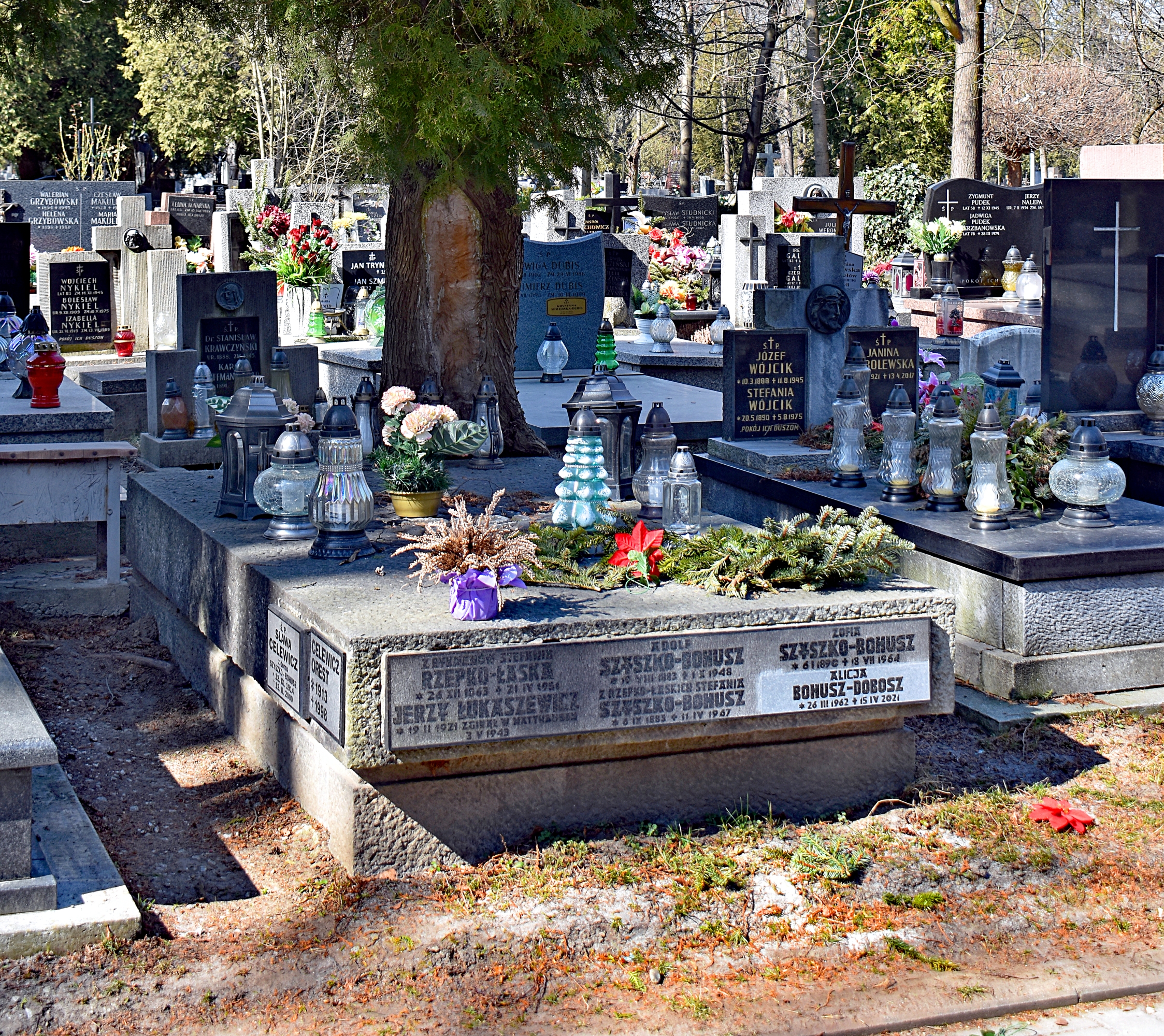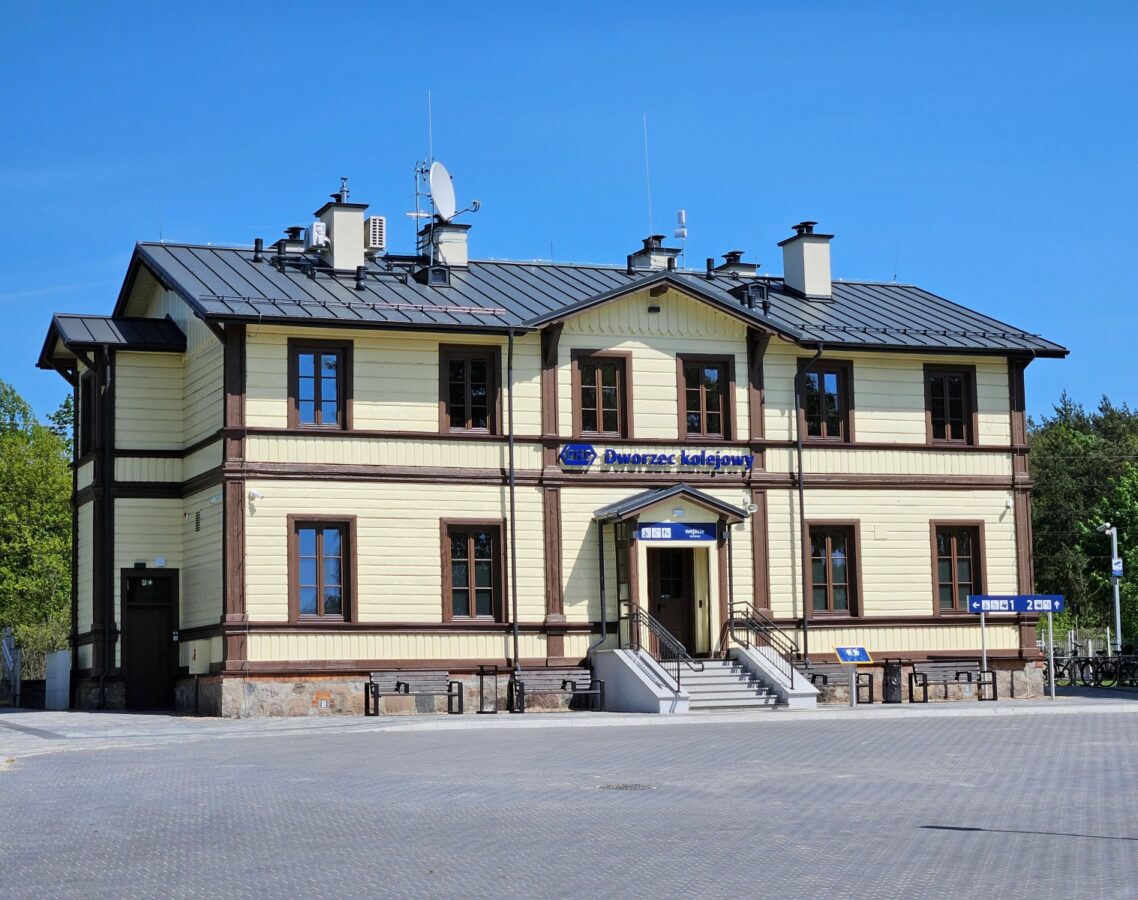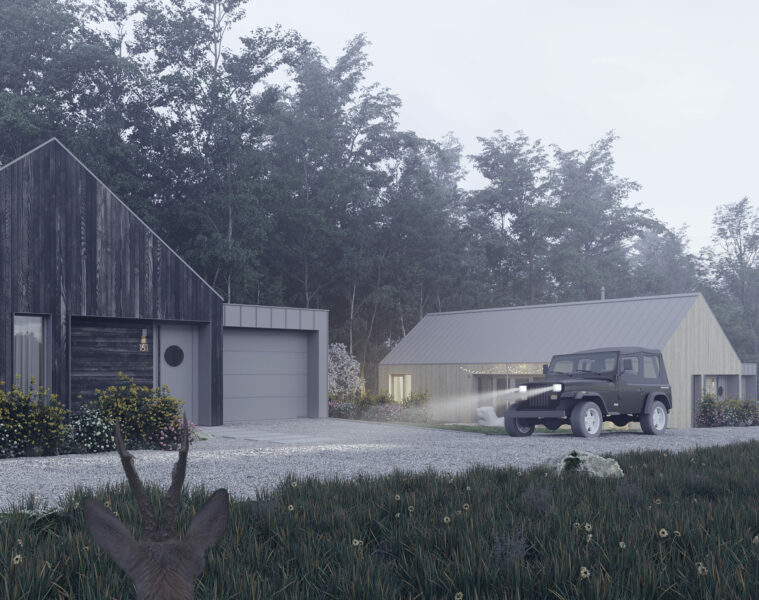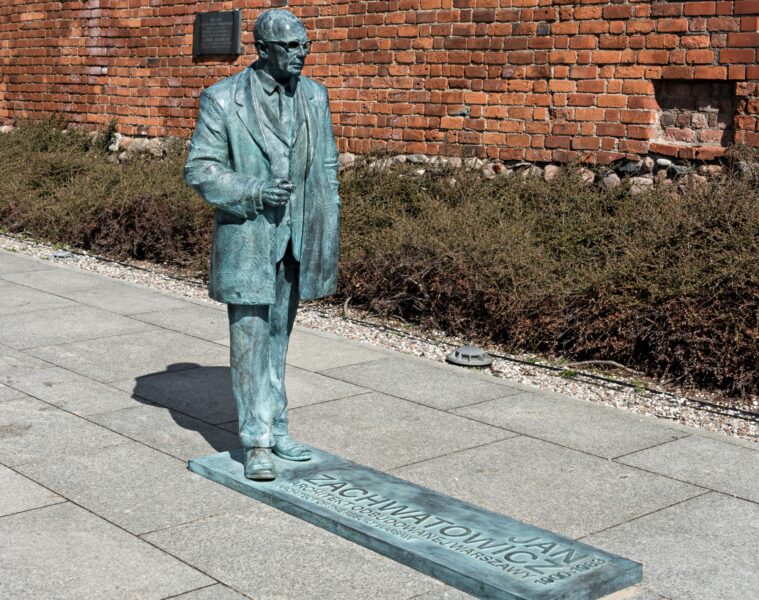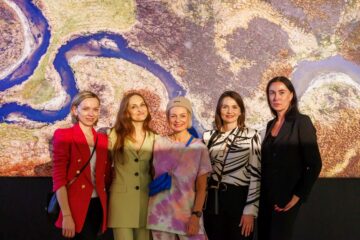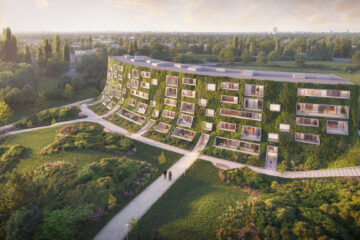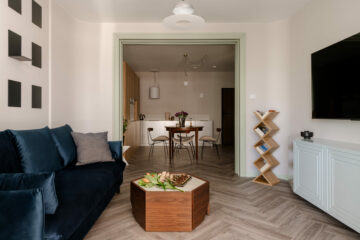Adolf Ludwik Szyszko-Bohusz was one of the most important figures in Polish architecture in the first half of the 20th century. He designed buildings with traditionally Polish features as well as buildings in the style of mature modernism. He was particularly distinguished as the chief conservator of two historic complexes of the highest national importance: Wawel Hill and the Royal Castle in Warsaw. The architect’s works still bear witness to his great talent and craftsmanship, being an ornament of the Polish landscape.
The architect was born on 1 September 1883 in Narva, a city located in what is now Estonia. Between 1902 and 1909, he studied at the Imperial Academy of Fine Arts in St Petersburg. He then made a study tour of Austria, Bohemia and Moravia. From 1910 to 1912 he was a lecturer at the Jagiellonian University and the Academy of Fine Arts in Kraków. In 1912 he moved to Lviv, where he worked as a professor at the local polytechnic (until 1916).
Adolf Szyszko-Bohusz (1883-1948). Photo: https://audiovis.nac.gov.pl

Upon his return to Krakow, he was given the position of head of restoration work at the Wawel Royal Castle. The complex of historic buildings was in a deplorable state at the time. Szyszka-Bohusz’s influence on Wawel Castle was fundamental. He transformed the devastated ruin into a symbol of national culture. He remained in this position until the outbreak of the Second World War. As conservator of the Wawel Castle, he made the discovery of the Romanesque Hall of 24 pillars and the reconstruction of the Rotunda of the Blessed Virgin Mary (St. Felix and St. Adaukt), and he also studied the Wawel Cathedral (St. Leonard’s Crypt) and the early Gothic defensive systems of the hill. His works from that period include the restoration of most of the castle interiors, the Coat of Arms Gate on Wawel Hill (1921), the enlargement of the crypt of the Bards and the sarcophagus of Juliusz Słowacki (1927-1928) and the furnishing of the crypt of Marshal Józef Piłsudski, together with a new descent to the cathedral’s underground with a canopy (1936-1938). The Wawel we know today is very much the work of Szyszka-Bohusz.
View of Wawel Castle in 1937 and today. Source: NAC – National Digital Archive and Przykuta, CC BY-SA 3.0, via Wikimedia Commons
The architect was also involved in work on the Royal Castle in Warsaw. In 1930 he presented a project for the arrangement of the Podzamcze area. According to his designs, numerous works were also carried out in the castle interiors. In addition, the architect prepared designs for a major extension to the Castle, the aim of which was to create new reception rooms for the President, and he also proposed changing the function of some of the historic rooms. However, the grand and ambitious plans were thwarted by the outbreak of the Second World War. In 1920. Szyszko-Bohusz was appointed head of the Department of Historic Architecture at the Academy of Fine Arts in Kraków, being at the same time rector of the academy from 1922 to 1927. From 1932 to 1939 he was also a professor at the Warsaw University of Technology and headed the Monumental Design Department of the Faculty of Architecture.
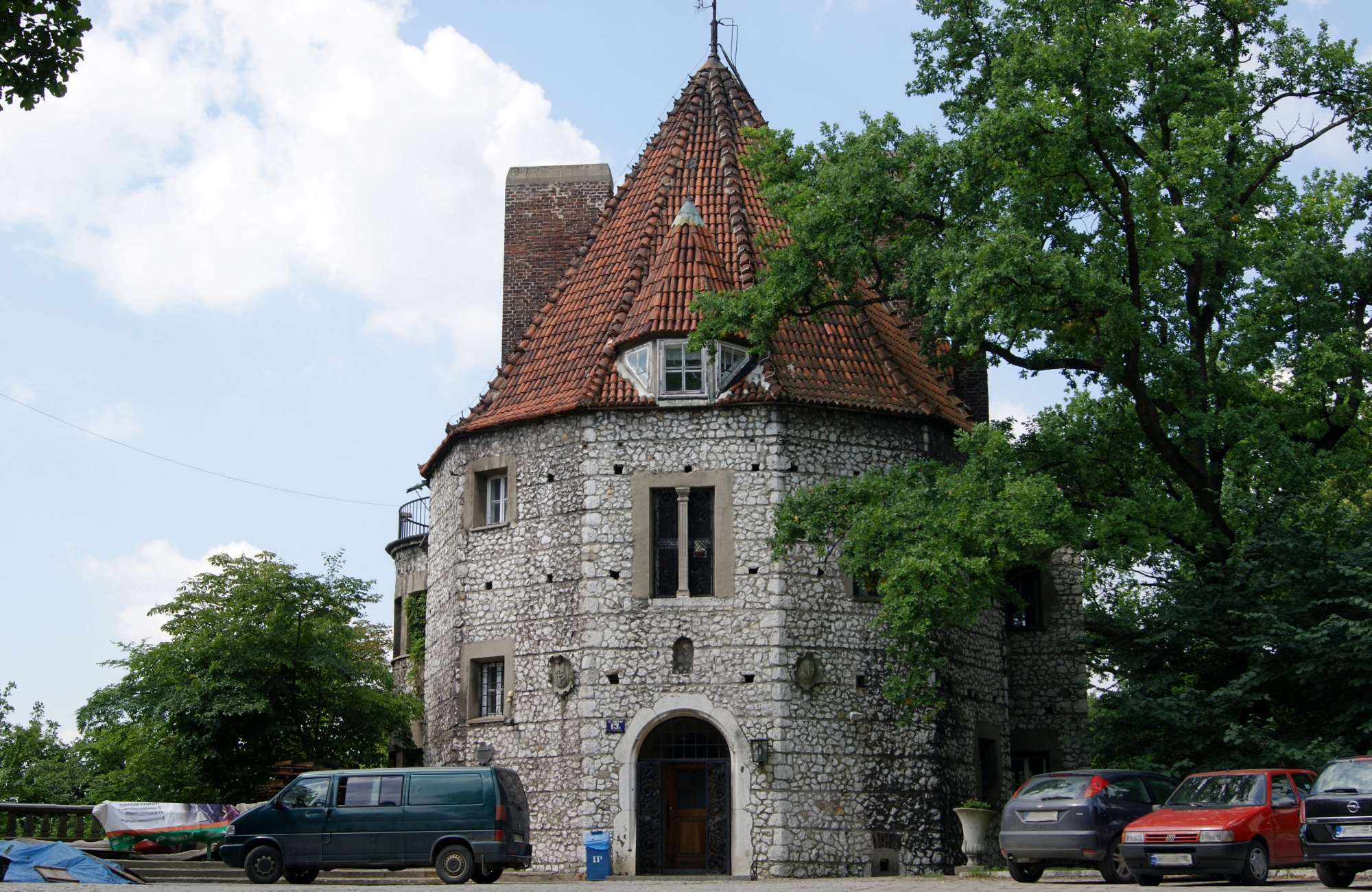

In his early designs, he used forms taken from native architecture, the Polish Renaissance or Baroque, but simplified and being a romantic creation. From the second half of the 1920s onwards, he executed projects in the style of mature modernism with avant-garde features. As an architect, he was a specialist in public buildings. He designed the monumental edifice of the PKO Bank in Kraków and the nearby House of the Postal Savings Bank Employees, the Mausoleum of General Józef Bem in Tarnów, and his own villa in Przegorzały, which alluded in shape to the Wawel rotunda he had discovered.
“Phoenix” in its original and present form. Photo Source: Historical Museum of the City of Kraków and Zygmunt Put, CC BY-SA 4.0, via Wikimedia Commons
One of his flagship and most characteristic works was the “Feniks” Insurance Company House from 1928-1932, standing at 41 Rynek Główny in Kraków. The building aroused numerous controversies and opposition from conservation circles already at the design stage. Eventually, an avant-garde building was created with aluminium joinery, glazed bays over the entire height of the building and a modern attic with high pinnacles. Extremely daring against the background of the historical buildings of the Old Town, the building was rebuilt during the Nazi occupation: the attic was replaced by a mansard roof and pilasters were added to the façade.
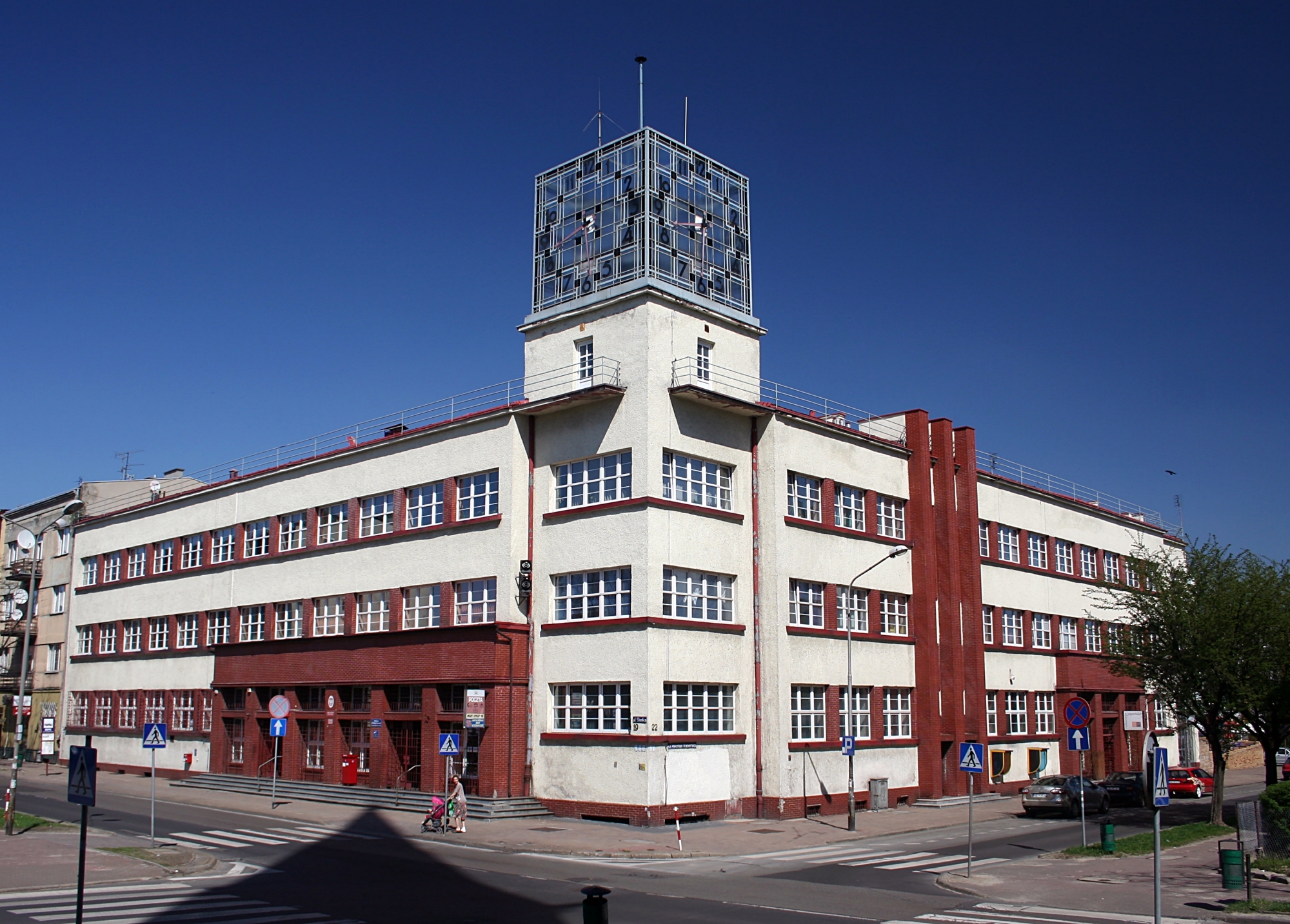
The architect’s other projects included the Józef Piłsudski House in Kraków, and the men’s gymnasium and the Pauline Order’s Higher Seminary on Skałeczna Street. He also designed guest houses (several in Krynica, e.g. the Military Sanatorium), hotels in spa resorts, the post office building in Częstochowa, the Spa House in Żegiestów, and the Castle of the President of the Republic of Poland in Wisła, about which we wrote in more detail HERE. He also designed sacred buildings, including the parish church of St Peter and St Paul, built between 1924 and 1927 in Trembowla, and its Poznań copy – the Dominican Church and Monastery in Niepodległości Avenue, which was one of his last works. It was completed after his death by Władysław Czarnecki. He used a Tuscan colonnade in the courtyard and a column portico in the entrance area, while the church’s towers were inspired by Romanesque architecture, processed in a modernist manner.
The Spa House in Żegiestów in its glory years and in 2018. Photo by Polona and Henryk Bielamowicz, CC BY-SA 4.0, via Wikimedia Commons
During the Second Polish Republic, Józef Gałęzowski and Adolf Szyszko-Bohusz created the idea of Aleje Trzech Wieszczów in Krakow and the idea of a district around Krakow’s Błonia. After the outbreak of the Second World War, on 2 September 1939. Szyszko-Bohusz took part in a meeting on how to save the Wawel collections. In view of the lack of a telephone connection to Warsaw, where the evacuation plan for the Wawel Castle, prepared several months earlier, was located, he strongly opposed the removal of the treasures from Krakow. Eventually, however, he changed his mind.

During the war, with the permission of the underground authorities, he worked as a draftsman in a private German office at Wawel Castle and was active in the secret Wawel Committee. In 1945, he returned to his pre-war position at Wawel Castle, holding it until 1946. In 1945, he also participated in the organisation of the Faculty of Architecture at the AGH University of Science and Technology, becoming its first dean. He was married to Stefania née Rzepko-Łaskie, and had a daughter Sława (1914-2000). Adolf Szyszko-Bohusz died on October 1, 1948 in Kraków. He was buried in Rakowicki Cemetery.
Source: culture.pl, history.pl
Read also: Architekt | Urbanism | Monument | History | Kraków| Architecture in Poland

